
St. Paul’s view Malta, Malta travel
1. Our Journey 2. How to Get to St. Paul's Grotto 3. Heading to the Grotto 4. Opening Times 5. Price 6. Entering Wignacourt Museum 7. St. Paul's Catacombs 8. The Entrance to St. Paul's Grotto 9. Inside St. Paul's Grotto 10. The History of St. Paul's Grotto 11. Spiritual Reflections 12. Leaving St. Paul's Grotto 13. The Collegiate Church of St. Paul
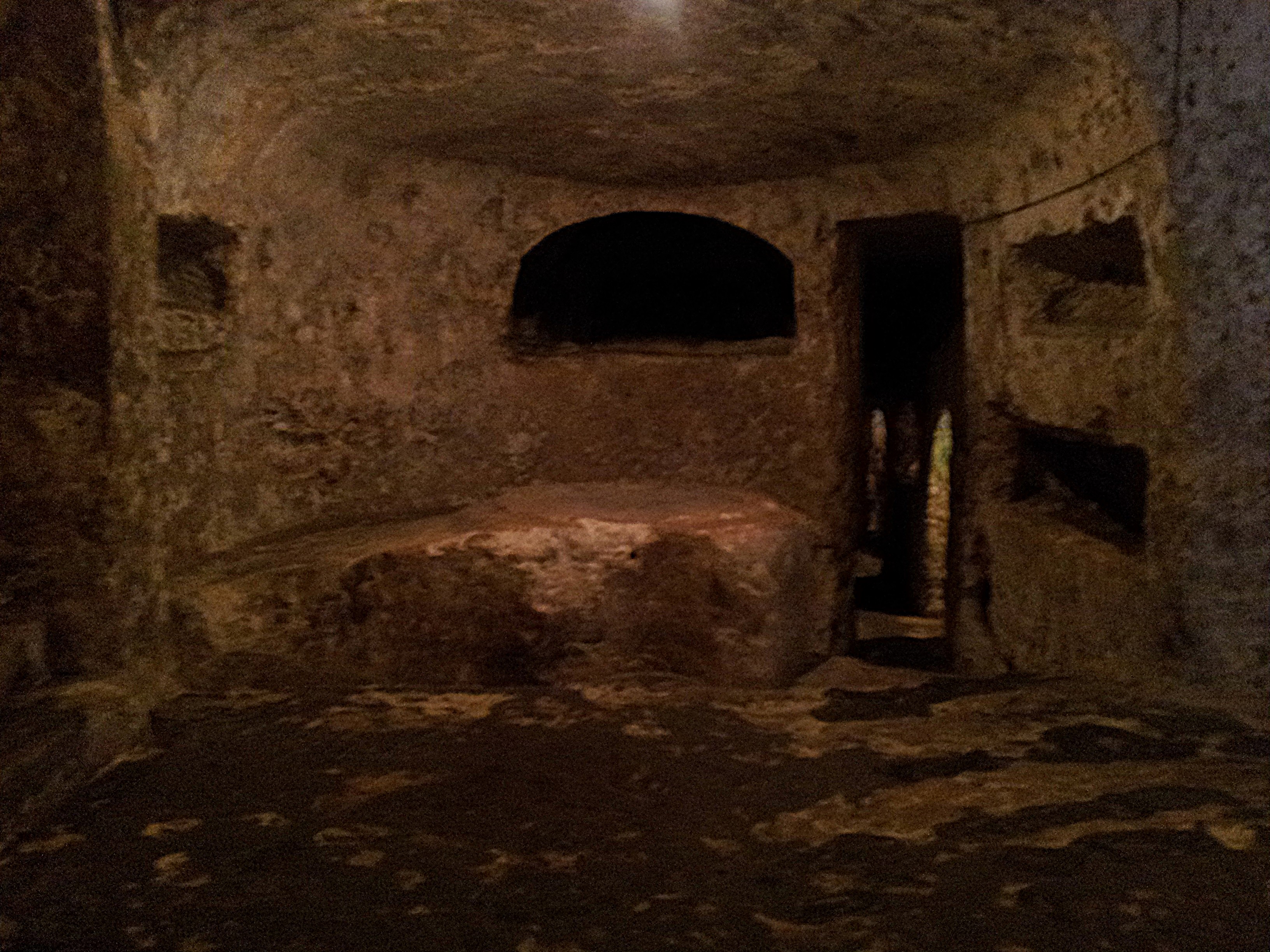
28. St Paul’s Malta Visions Of The Past
St. Paul's catacombs are part of a large cemetery once located outside the walls of the ancient Roman city of Melite, now covered by the smaller Mdina and Rabat. It also comprises the catacombs of Saint Agatha, San Katald, St. Augustine, and many others. The cemetery probably originated in the Phoenician - Punic period.
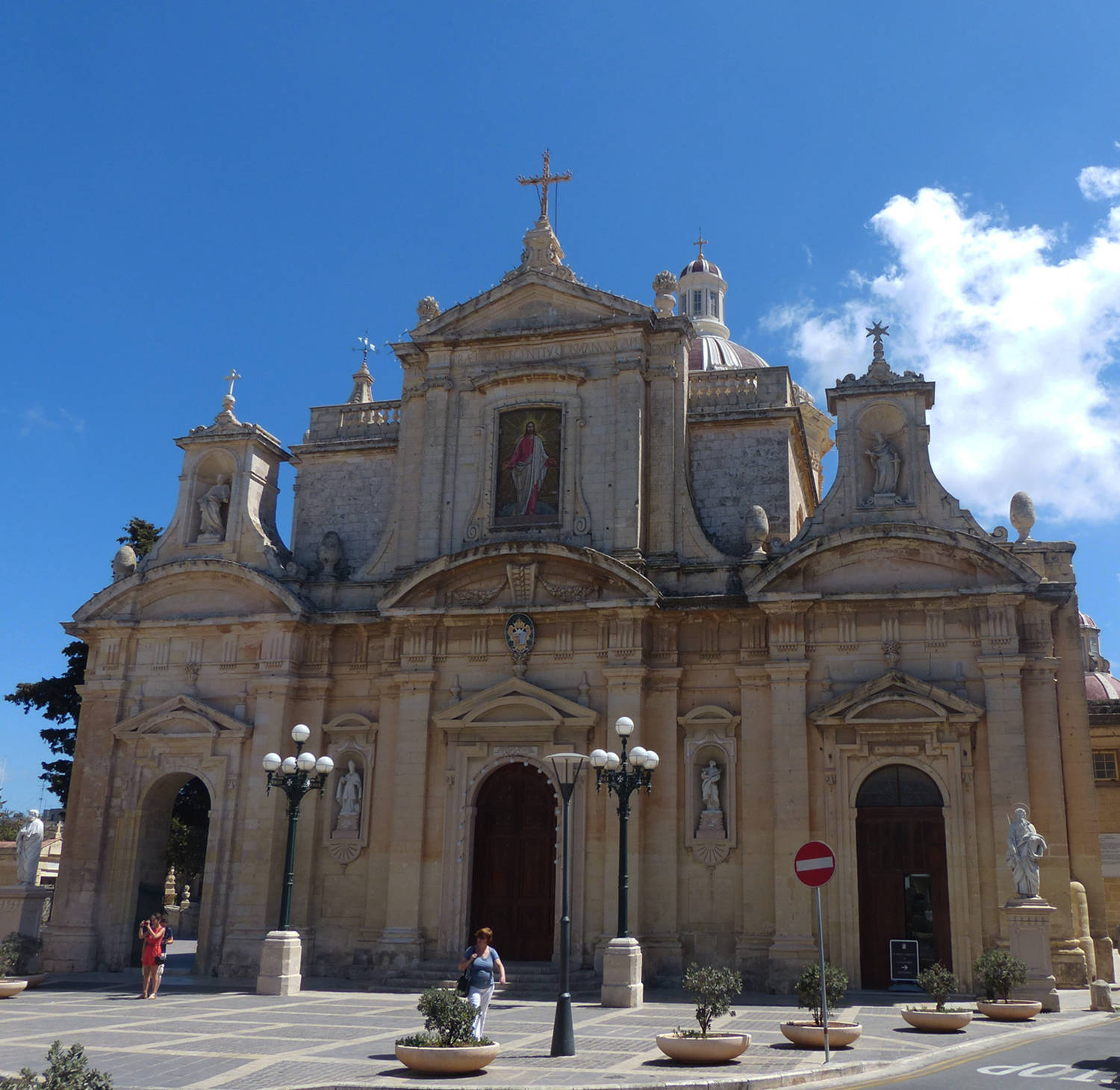
Subterranea of Malta St Paul's
Rabat Temple Historical site St. Paul and St Agatha's Catacombs, St Agatha Street, Rabat, Malta UNESCO site ? no Monday - Sunday: 9.00-17.00 Last admission: 16.30 Closed: 24, 25 & 31 December, 1 January, Good Friday Website [email protected] +356 2145 4562

St Paul's Rabat, Malta Reuse and abuse YouTube
St Paul's Catacombs Malta, Europe Top choice in Malta St Paul's Catacombs (so-named for their proximity to the church) date from the 3rd century AD and were used for burial for around 500 years. Worship took place here in the Middle Ages, but later the complex was used as an agricultural store.

St Paul's (2) Descubre Malta
St Pauls Catacombs St Pauls Catacombs. What easier way to confront death and to come out alive than a visit to St Pauls Catacombs? St Pauls Catacombs are the largest and the most decorated on the island, date back to the 4 th century anno Domini (after Christ for those who are not up to scratch on their Latin). This burial complex however dates back to the Phoenician Period when a number of.

20. St Paul’s Malta Visions Of The Past
St. Paul's Catacombs is a typical complex of interconnected, underground Roman cemeteries that were in use up until the 4th century AD. They are located on the outskirts of the old Roman capital Mdina, since Roman law prohibited burials within the city.

St Paul's Slow Europe Travel Forums
Rabat, Malta. St. Paul's Catacombs are some of the most prominent features of Malta's paleochristian archaeology. The archaeological clearing of the site has revealed an extensive system of underground galleries and tombs dated from the fourth to the ninth centuries AD. Two catacombs are open to the public, but these are only a small part.
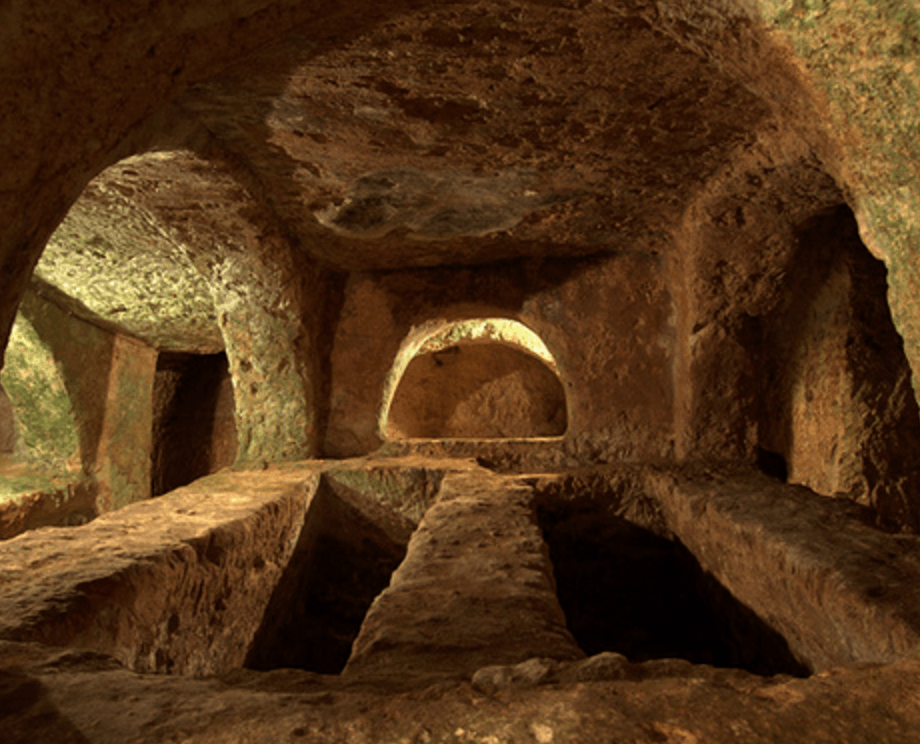
St. Pauls in Rabat Malta
St. Paul's Catacombs are some of the most prominent features of Malta's early Christianity archeology. The archeological clearing of the site has revealed an extensive system of underground galleries and tombs dating from the third to the eighth centuries CE.
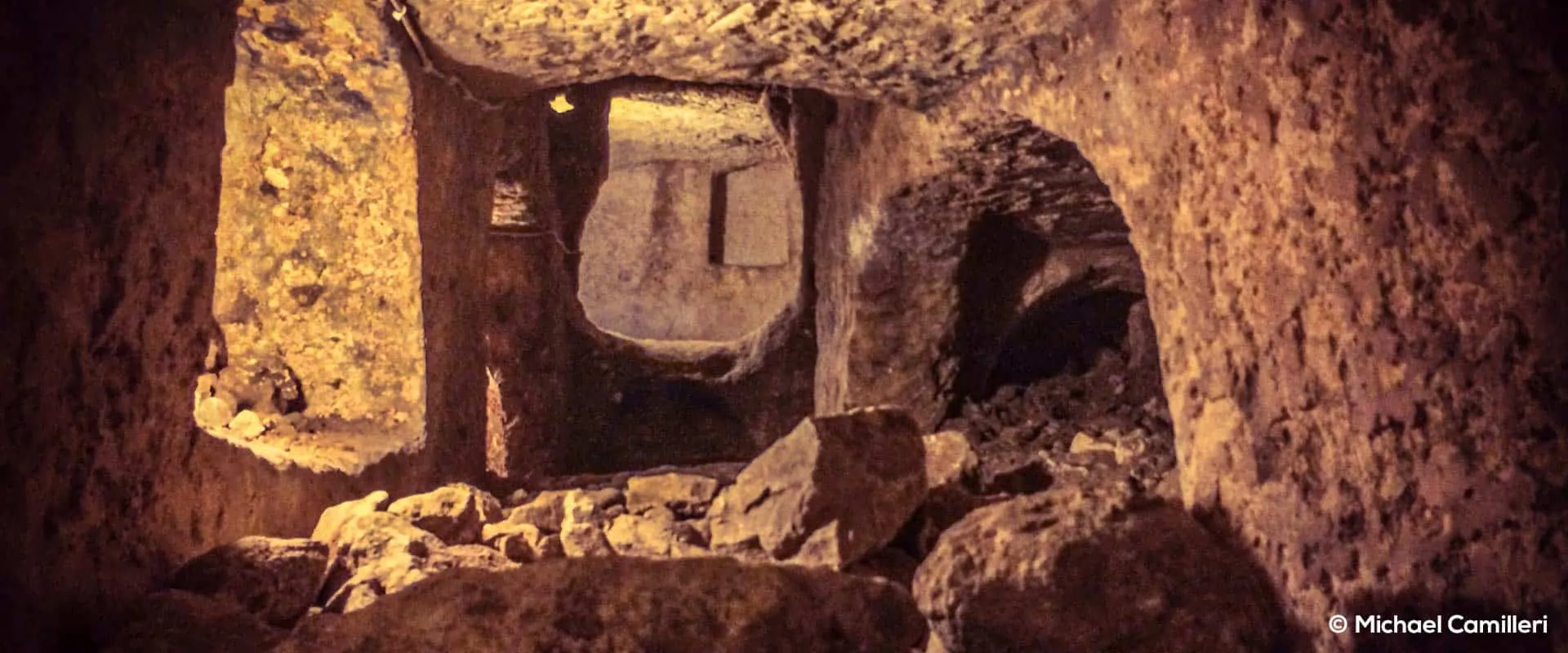
Visiting the St. Paul’s in Rabat Tips and directions for
Known today as St. Paul's and St. Agatha's catacombs, the burial grounds form an important part of Malta's early Christian history. The catacombs include tombs for more than 1,000 bodies in.
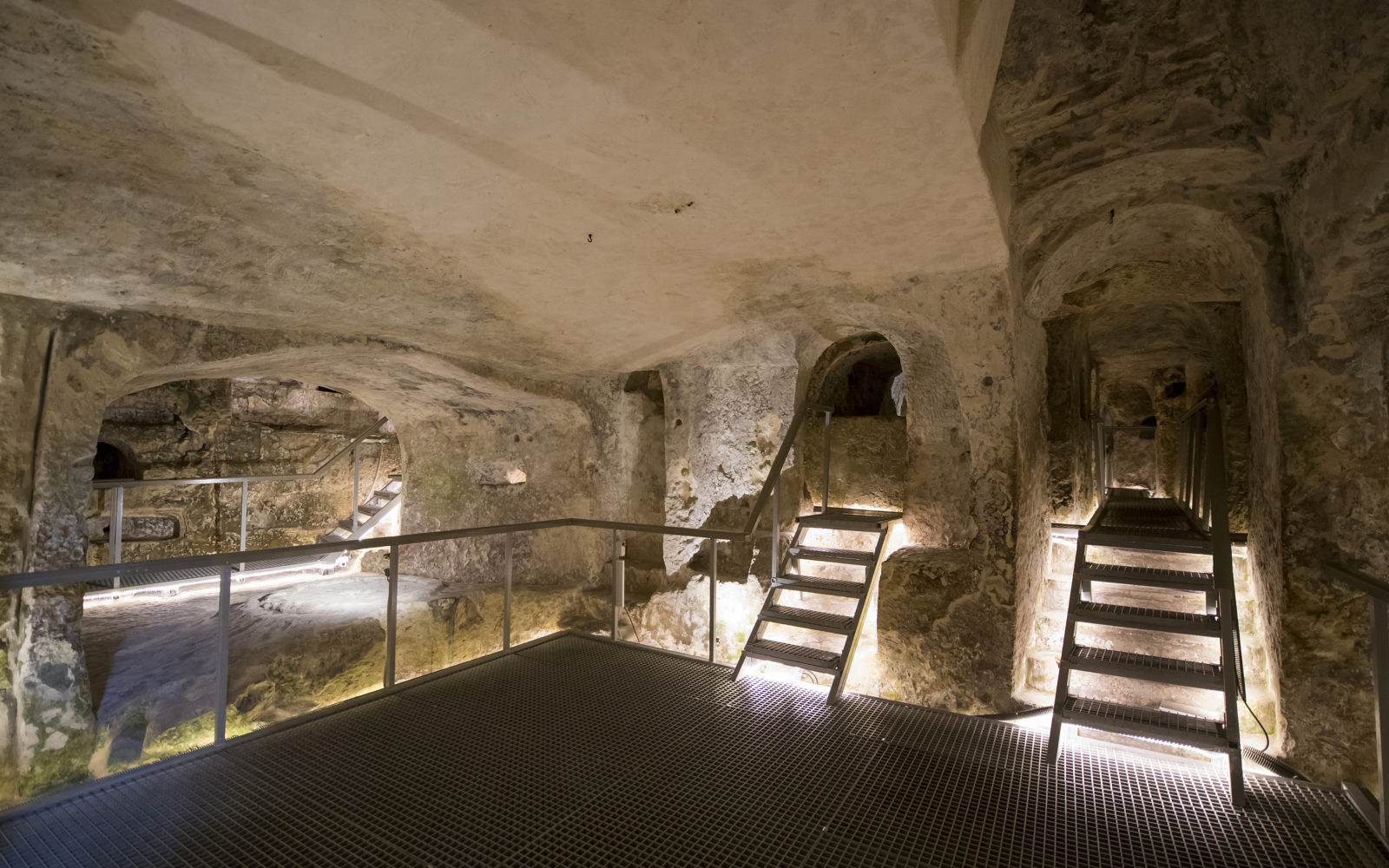
St Paul's Quality Assured Malta
St. Paul's Catacombs are underground burial chambers from Roman times in the city of Rabat (ancient city of Melite), in central Malta. In addition to these catacombs, we also distinguish the catacombs of St. Agata and Katald. In total, the complex of underground graves of St. Agatha and St. Paul has 30 hypogeas, of which as many as 20 are.

23. St Paul’s Malta Visions Of The Past
St.Paul's Catacombs are a typical complex of interconnected, underground Roman cemeteries that were in use up to the 4th century AD. They are located on the outskirts of the old Roman capital Melite (today's Mdina), since Roman law prohibited burials within the city.
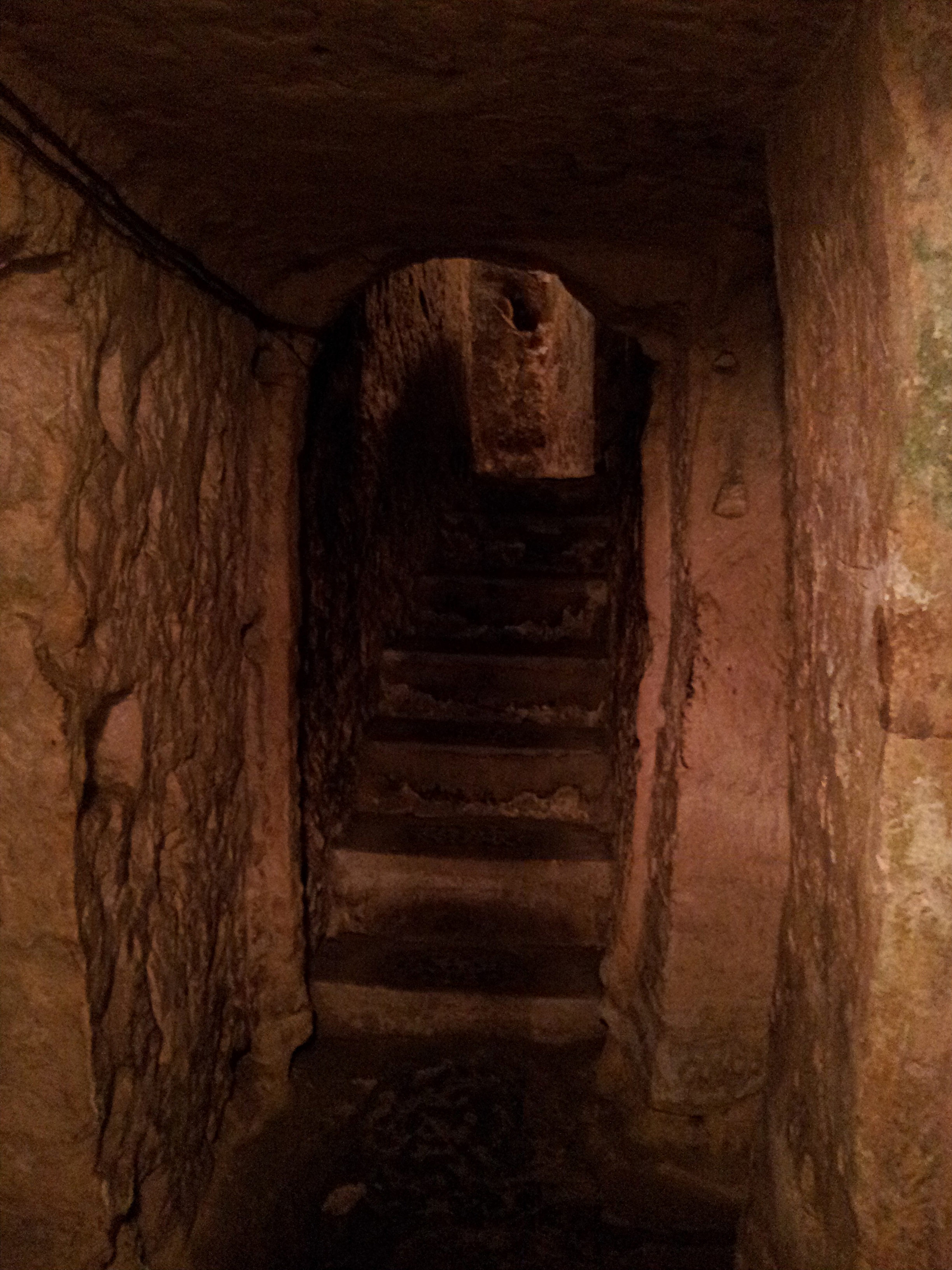
27. St Paul’s Malta Visions Of The Past
Closed now 9:00 AM - 5:00 PM Write a review About St.Paul's Catacombs are a typical complex of interconnected, underground Roman cemeteries that were in use up to the 4th century AD. They are located on the outskirts of the old Roman capital Melite (today's Mdina), since Roman law prohibited burials within the city.

St Paul's Slow Europe Travel Forums
St. Paul's Catacombs represent the oldest and largest evidence of Christianity on the Maltese islands. This archaeological treasure is a typical complex of adjoined underground Roman cemeteries located outside the old Roman capital at the time called Melite (today Mdina).
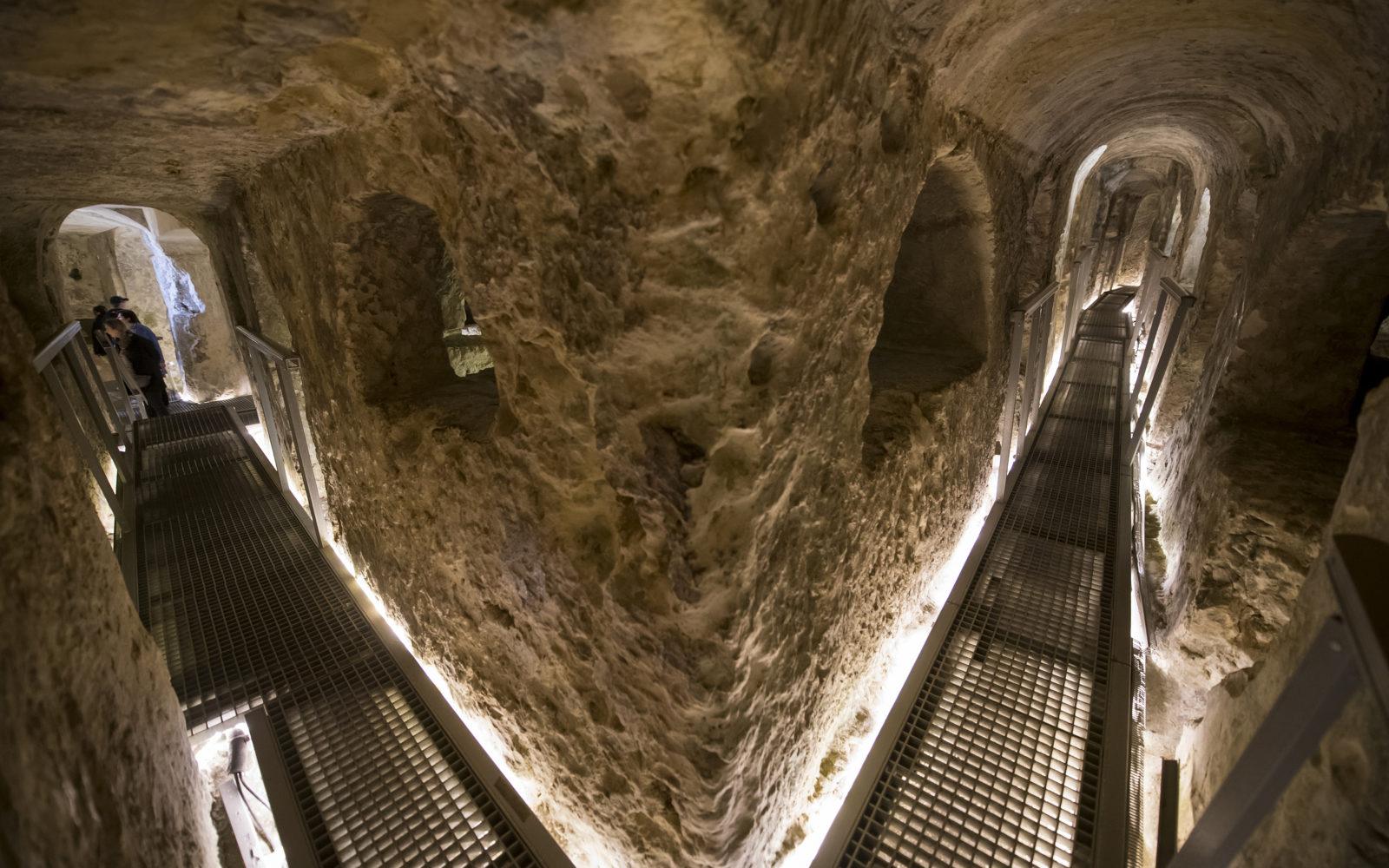
St Paul's Quality Assured Malta
The St. Paul Catacombs are named after the nearby St. Paul's Grotto (where the author spent several weeks after being shipwrecked). The catacombs date to the fifth century. There is an endless supply of burial troughs and the guide will explain the numerous types- there are about 10. Make sure you take the tour; there aren't any signs so you.

St Paul’s Malta Visions Of The Past
St.Paul's Catacombs are a typical complex of interconnected, underground Roman cemeteries that were in use up to the 4th century AD. They are located on the outskirts of the old Roman capital.
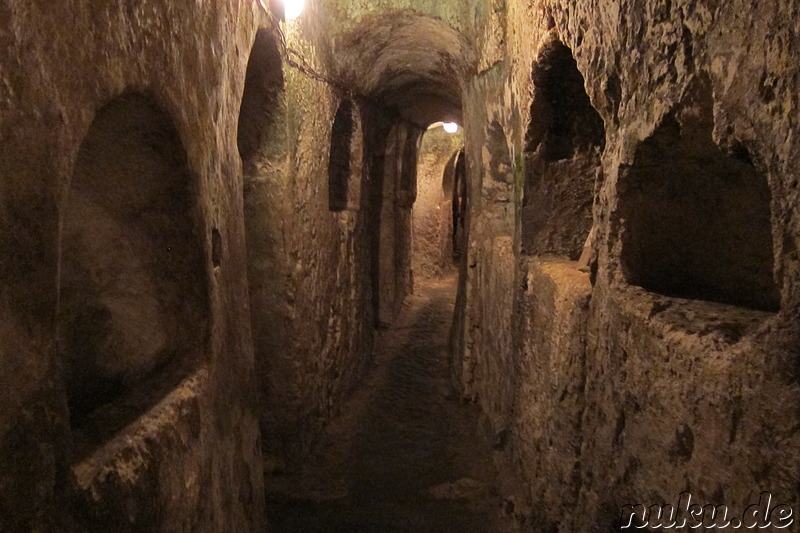
St Paul's Rabat, Malta, Südeuropa
St Paul's catacombs is at the heart of an extensive complex of over 30 hypogea outside the walls of Malta's old capital, Mdina, which was known as Melite in Roman times. Roman law prohibited burial within the city walls at the time, hence the catacombs. The system of interconnected passages and rock-cut tombs covers an area of over 10,000.